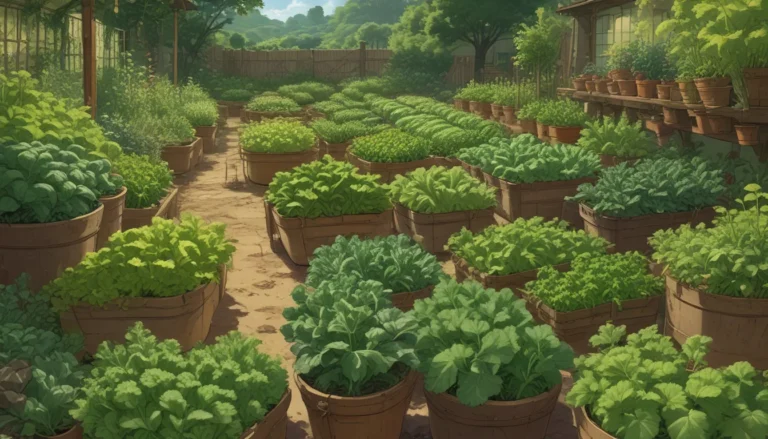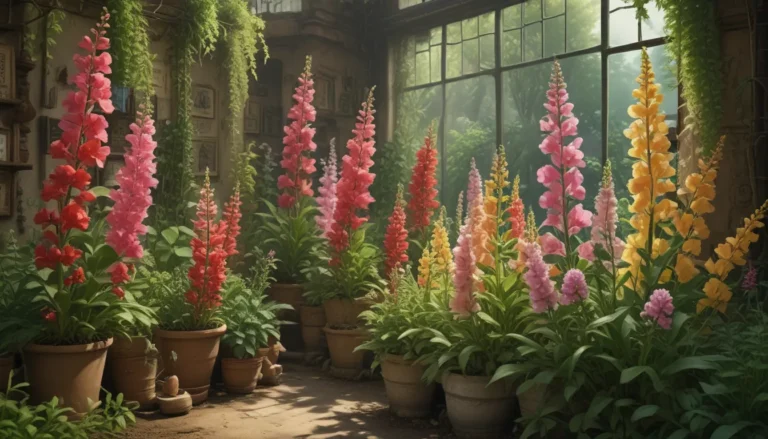English Chamomile vs. German Chamomile: Exploring the Differences and Best Uses

Chamomile is a household name, known for its calming properties and delightful aroma. But did you know that there are two distinct species of chamomile, each with its unique characteristics and benefits?
In this comprehensive guide, we will delve into the world of English and German chamomile, exploring their growth habits, uses, and the key differences between them. Whether you are a seasoned gardener or a novice herbal enthusiast, this article will provide valuable insights into harnessing the power of chamomile in your garden and kitchen.
Understanding English (Roman) Chamomile
English chamomile, also known as Roman or garden chamomile, is a perennial plant that thrives in USDA Hardiness Zones 4-11. With delicate white flowers and lacy foliage, this evergreen beauty is a popular choice among gardeners for its aesthetic appeal and versatility.
Key features of English chamomile include:
- Mature height of four to five inches, spreading up to a foot wide
- Ideal for ground cover or container gardening
- Native to southern and western Europe, as well as north Africa
English chamomile is renowned for its robust growth habits and adaptability to various growing conditions. From creating a serene garden oasis to brewing a soothing cup of tea, this versatile herb offers a myriad of uses for both culinary and ornamental purposes.
Exploring German Chamomile
In contrast, German chamomile, also known as Matricaria chamomilla or M. recutita, is a self-seeding annual plant that thrives in Zones 4-9. Characterized by its upright growth habit and small white flowers, this vibrant herb is a favorite among herbalists and gardeners alike.
Key features of German chamomile include:
- Mature height of two to three feet, with thin, spindle-shaped roots
- Prolific bloomer with potent essential oils
- Native to central and southern Europe, with naturalization in various regions of the US
German chamomile is prized for its therapeutic properties, with essential oils that contain chamazulene, known for its anti-inflammatory benefits. Whether harvested for tea or essential oil extraction, this aromatic herb offers a wealth of health and wellness benefits for enthusiasts around the world.
Contrasting the Two Varieties
While both English and German chamomile belong to the Asteraceae family, they exhibit distinct characteristics that set them apart:
- English chamomile produces larger but fewer blossoms, with thick, hairy stems
- German chamomile is a prolific bloomer with delicate fern-like foliage and smooth stems
- English chamomile offers a sweet apple-like fragrance, while German chamomile has hints of straw and apple notes
These subtle differences in appearance and scent contribute to the unique qualities of each chamomile variety, making them ideal for various applications in gardening, herbal medicine, and culinary arts.
Harnessing the Power of Chamomile
Both English and German chamomile offer a range of benefits for gardeners and herbal enthusiasts:
- German chamomile is prized for its ornamental flowers and potent essential oils
- English chamomile is ideal for culinary uses and ground cover applications
- Both varieties attract beneficial insects and are relatively resistant to pests
From soothing anxiety to easing digestive issues, chamomile has long been revered for its medicinal properties and soothing effects on the mind and body. Whether you choose to grow English or German chamomile, both varieties provide a wealth of opportunities for enhancing your garden and well-being.
Embracing the Beauty of Chamomile
In conclusion, the choice between English and German chamomile ultimately depends on your gardening goals and personal preferences. Whether you opt for the delicate beauty of English chamomile or the therapeutic richness of German chamomile, both varieties offer a touch of nature’s magic in your garden.
As you embark on your chamomile-growing journey, remember to savor the sweet fragrance and vibrant blooms that these cherished herbs provide. Whether you’re sipping a cup of chamomile tea or admiring the lacy foliage in your garden, let the essence of chamomile inspire you to embrace the beauty of nature in all its glory.
What are your thoughts on growing chamomile? Share your experiences and plans for using this beloved herb in your garden and kitchen. The possibilities are endless when it comes to harnessing the power of chamomile for health, wellness, and culinary delights.
For more insights on growing medicinal herbs and enhancing your garden’s beauty, explore our guides on Angelica, Feverfew, and Motherwort. Let the magic of herbs and flowers transform your garden into a flourishing oasis of health and vitality.
Remember, a garden filled with chamomile is a garden filled with love, peace, and natural beauty. Embrace the enchanting world of chamomile and let nature’s wonders unfold before your eyes.
With a wealth of information on English and German chamomile, this article explores the nuanced differences between the two varieties and offers practical insights on how to harness their unique benefits. From gardening tips to herbal remedies, chamomile enthusiasts will find a treasure trove of knowledge to elevate their botanical pursuits. Let the beauty of chamomile inspire you on your journey to health, wellness, and natural beauty.





